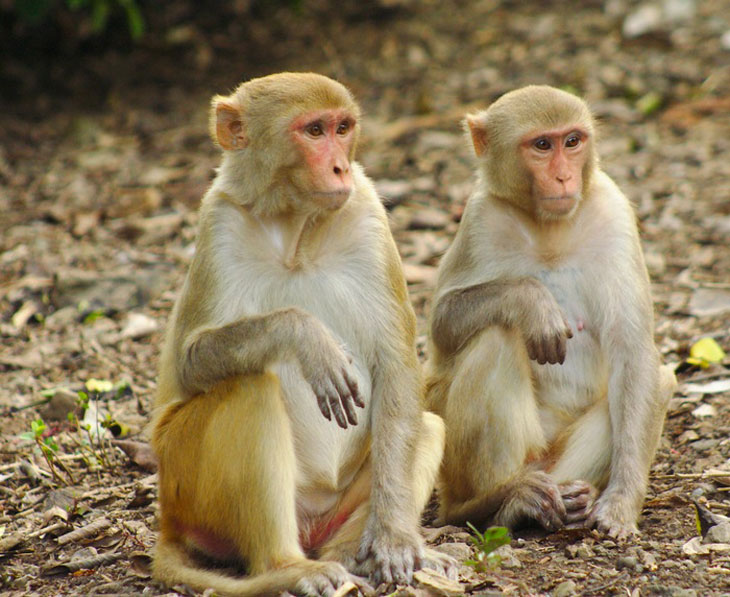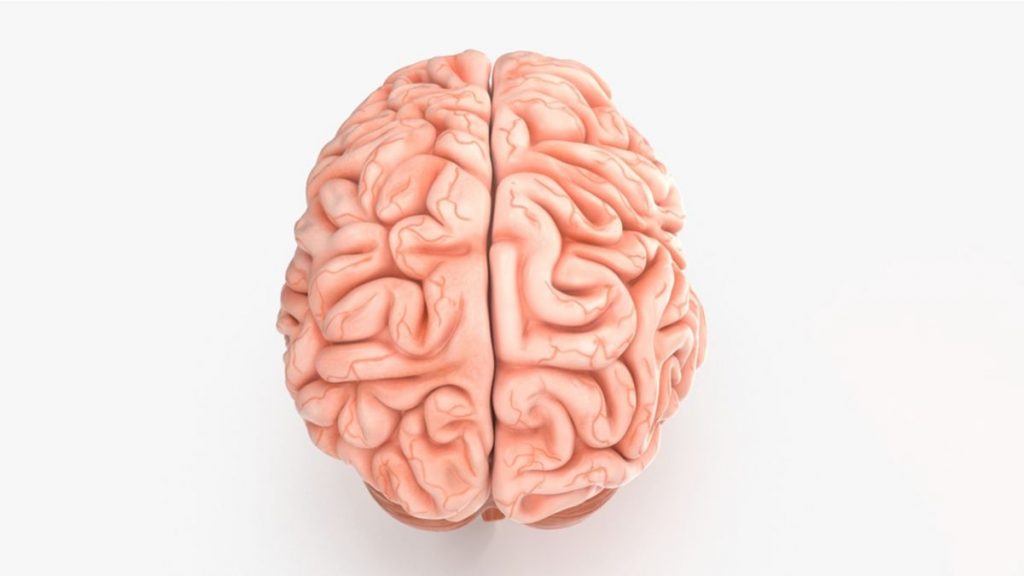Recent work has shown that the brain regions associated with decision-making and empathy were significantly more developed in the most social adult rhesus macaques.
A clear influence
Primates, including rhesus macaques and humans, evolve within large and complex social networks. While researchers had long suspected that this type of organization had contributed to their increased brain volume, its influence on the internal structures of the brain remained obscure.
In the context of work published in the journal Science Advances, Camille Testard and his colleagues from theuniversity of pennsylvania explored the link between the number of social partners and the brain structure of 103 rhesus macaques (macaca mulatta) living on the island of Cayo-Santiagoto Porto Rico. Aged 1 month to 25 years, the primates received some food and water, but were able to socialize freely.
The team counted the number of social partners each adult monkey had (including friends and family members) by observing each other’s toilets over a three-month period. While some specimens possessed dozens of social partners, others had none.

When the monkeys died, the researchers removed their brains and used magnetic resonance imaging (MRI) to measure the volume of different brain structures. These scans revealed that two brain regions involved in social behavior were more developed in adults with more social partners: the temporal furrow mid-upper and the ventral-dysgranular insula.
Brain changes occurring later in life in primates
The mediosuperior temporal sulcus has been shown to be involved in social decision-making, including deciding who to cooperate with or compete with. For its part, the ventral-dysgranular insula would be linked to the creation of links and empathy (electrical stimulation of this region in primates has shown that this leads them to perform lip smacking, considered as friendly gestures) .
No differences in brain structures were found in infants with greater social contact, suggesting that these changes occur later in primate life.
In humans, it is also proven that having more friends changes the structure of the brain. A recent study revealed that the number of contacts Facebook (which appeared to match that of the subjects’ actual friends) predicted gray matter density in brain regions associated with social behavior.

” The number of friends you have and the identities of these define your social landscape and require sophisticated social cognition to maintain “, highlighted Testard.
A very active field of research
Social connections are increasingly recognized as a key factor in the biological success of primates. In particular, researchers found that male chimpanzees with larger friendship networks sired more offspring, while more socially integrated human adolescents had lower blood pressure, inflammation levels, waist circumference and body mass index. weaker body.
” There is a vast literature on the importance of social relationships in primates. This is a very active area of research », concludes Testard.
[related_posts_by_tax taxonomies=”post_tag”]
The post Brain regions linked to empathy are larger in monkeys with more friends appeared first on Gamingsym.

